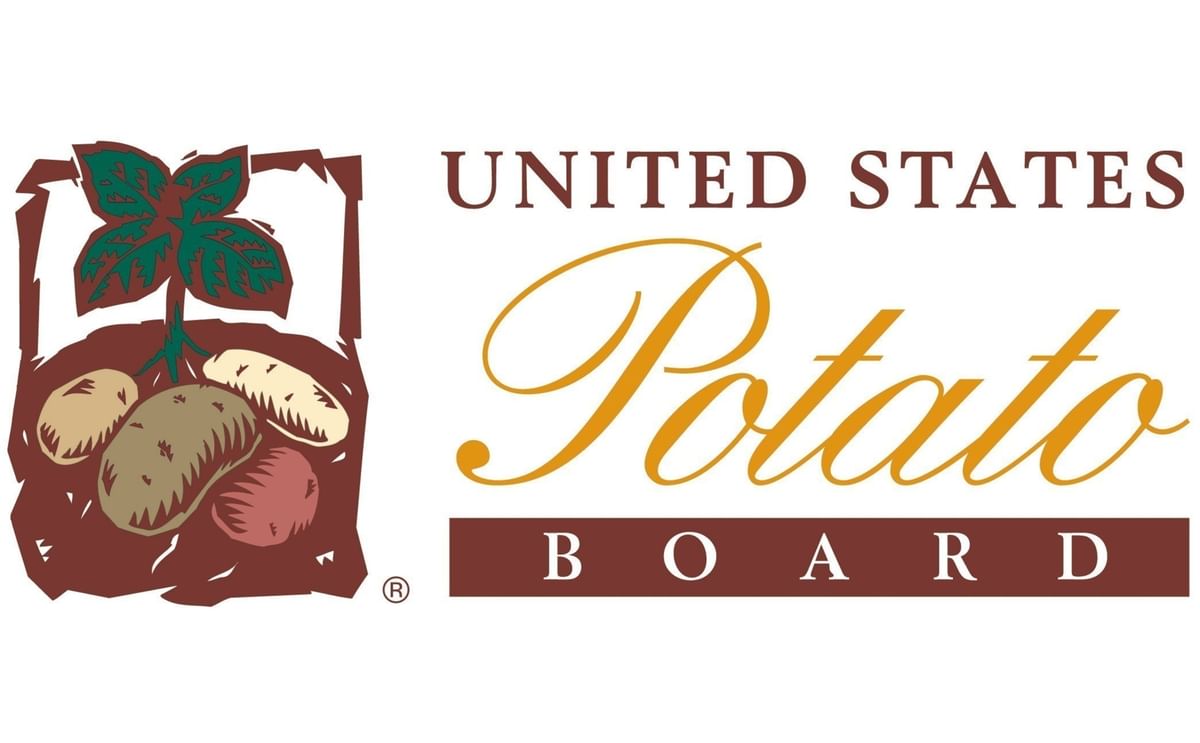The United States Potato Board (USPB) International Marketing program is proud to announce US exports of all potatoes and potato products for FY12 (July 2011-June 2012) were 1,506,557 metric tons (MT) valued at $1,583,563,167.
This was a 10 percent increase in volume and a 17 percent increase in value over the previous marketing year and 43 percent increase from five years ago. The export volume is 65,271,616 cwt on a fresh weight equivalent (FWE) basis. This growth was led by a 17 percent increase in exports of frozen potato products and an 8 percent increase in dehy exports, despite tight supplies of both products in the US. The only reductions in exports were a decline of 1 percent in potato chips and a 21 percent decrease in seed exports;however, the figures for seed are not reliable.
Ritchey Toevs, Co-Chair of the International Marketing Committee, mused, “None of these markets happened overnight or because we produced too many potatoes in any one year, but only because of the day-after-day, year-after-year combined efforts of USPB, the National Potato Council (NPC), the state organizations and USDA-APHIS/FAS. There are many factors contributing to the continued increase in US exports;certainly the growth in demand for potatoes and products in Asia and Latin America plays an important role, as does the fact the US supplies the very best potatoes and products at competitive prices.”
“The improvements in market access, be it from US Free Trade Agreements (FTAs), like those with Central America, Korea, Panama and Colombia, and reductions in tariffs by countries like Vietnam and Russia as part of their accession to the WTO, to the removal of phytosanitary barriers to fresh and seed potatoes in countries like Japan, Korea, Thailand, Sri Lanka and Uruguay also contributed significantly to the increase.”
Fellow USPB International Committee Co-Chair Rob Davis pointed out, “The increased awareness of opportunities in foreign markets and increased focus on them by US growers, shippers and processors has been a big factor.” He stressed, “The work by the USPB and its foreign representatives to secure market access, create demand, establish trading relationships and promote US quality and nutrition has been extremely important in creating these opportunities.”
Exports of fresh potatoes were valued at $204,490,379, an increase of 10 percent, with volume at 407,114 MT or 8,981,087 cwt, up 2 percent. Fresh exports, which include table-stock potatoes, but also those destined for chipping or freezing in the foreign country, were hampered by a 12 percent decline in shipments to Canada, the largest US market. Exports to the second largest market, Mexico, rose 10 percent to 72,159 MT or 1,590,817 cwt. Exports to Central America grew 32 percent to 8,010 MT or 176,588 cwt, while shipments to the Board’s target markets in Asia increased 59 percent to 64,888 MT or 1,430,520 cwt. This was led by an over 100 percent increase in chipping potato exports to Japan and Thailand and strong sales of both chipping and table potatoes to Malaysia and Taiwan. Korea, a market the USPB did not promote fresh potatoes in during FY12 grew 46 percent to 19,823 MT or 437,017 cwt, thanks to strong demand for chippers and the opening of the table-stock market as a result of the FTA.
Sarah Reece, USPB International Marketing Manager for Fresh and Seed potatoes, stated, “I am very proud that in all markets where the USPB has completed its program for chipping potatoes, all of the major chip producers are now buying from the US.” She is optimistic the same will occur as a result of the ongoing programs in Central America, Vietnam and Japan.
Exports of dehydrated potato products were $192,678,610 with a volume of 117,259 MT or 16,822,085 cwt at FWE. Sales to Canada, the largest market, were up 10 percent to 33,562 MT or 4,809,401 cwt FWE. Japan was the second largest market at 22,220 MT (3,184,103 cwt FWE) up 12 percent, while Mexico was number three at 21,617 MT (3,097,694 cwt FWE). Exports to Africa, mainly through USDA purchases for international food aid programs, but with some commercial sales as well, increased 90 percent to 1,136 MT (167,788 cwt FWE).
TK Kuwahara, USPB International Marketing Manager for Dehy, commented, “Africa holds a great deal of potential for long term growth as it has the fastest growing population and struggles to produce enough food. It is for these reasons the USPB continues to work on increased demand through the food assistance programs but has also begun promoting US dehy for commercial purchases through a USDA funded multi-commodity program in Africa.”
Seed potato statistics are unreliable as they sometimes get classified as fresh, and sometimes fresh is classified as seed. However, according to USDA, US exports declined 3 percent to 22,731 MT (501,128 cwt) valued at $10,324,070. Based on the known sales to the USPB’s target markets for seed, exports increased 46 percent to 3,031 MT (66,821 cwt). These gains were led by a 624 percent increase to Sri Lanka to 156 MT (3,439 cwt), a 211 percent increase to Nicaragua to 950 MT (20,944 cwt), a 144 percent increase to Uruguay to 975 MT (21,495 cwt) and a 121 percent increase to the Dominican Republic to 725 MT (15,983 cwt). Reece is optimistic there will be continued growth in seed exports as many of the access and technical barriers have been overcome, and the quality of US seed is becoming known in foreign markets.
Frozen potato products are still the largest portion of US potato exports at 60 percent. Exports for FY12 were $989,261,082, up 22 percent, with volume up 17 percent to 905,941 MT (19,972,375 cwt FWE). Japan is far and away the largest export market at 300,528 MT (11,263,248 cwt FWE), with an increase of 5 percent in FY12 as the result of further movement into new channels and new products. China is now the second largest market for US exports, up 57 percent to 99,219 MT (3,718,550 cwt FWE). Exports to Mexico have completely recovered after the retaliatory tariff from the NAFTA trucking dispute was lifted in early 2011. Growth was 31 percent in FY12 to 80,180 MT (3,002,304 cwt FWE). Growth in US exports to Central America, up 3 percent to 33,810 MT (1,267,138 cwt FWE), slowed as the economies there continued to struggle, and both Canada and the EU were able to ship low cost product to the market.
The US was able to successfully defend market share and continue to grow exports to the USPB target markets in Asia, led by an 18 percent increase to Korea to 61,488 MT (2,304,460 cwt FWE), a 23 percent increase to Malaysia to 33,734 MT (1,264,290 cwt FWE) and a 6 percent increase to the Philippines to 31,808 MT (1,192,107 cwt FWE).
Susan Weller, International Marketing Manager for Frozen, stated ,“The USPB’s new ‘Why Buy US’ frozen potato products marketing program has already proven to be very effective, and I am looking forward to fuller implementation in the coming year, particularly in highly competitive markets such as Central America, Thailand and Indonesia. The ever expanding uses of US frozen potato products in more established markets such as Korea and Japan will allow US exports to grow beyond the expansion of western style dining in the region.”
John Toaspern, Vice President for International Marketing, believes, “The outlook for continued growth in exports in FY13 is very good as it appears the US will have ample supplies of potatoes to meet all international demand, and that some of our major competitors, such as the EU, will be short on supply.” He warned however, “Problems with market access, particularly for fresh and seed potatoes, could limit sales to certain markets;but the pending market access breakthroughs with Mexico and the Philippines for fresh, and Egypt for seed potatoes, could create huge opportunities for US growers and shippers.”
US Potato Exports top 1.5 billion USD

Like to receive news like this by email? Join and Subscribe!
Get the latest potato industry news straight to your WhatsApp. Join the PotatoPro WhatsApp Community!
Highlighted Company
Sponsored Content
Sponsored Content
Sponsored Content
Sponsored Content







